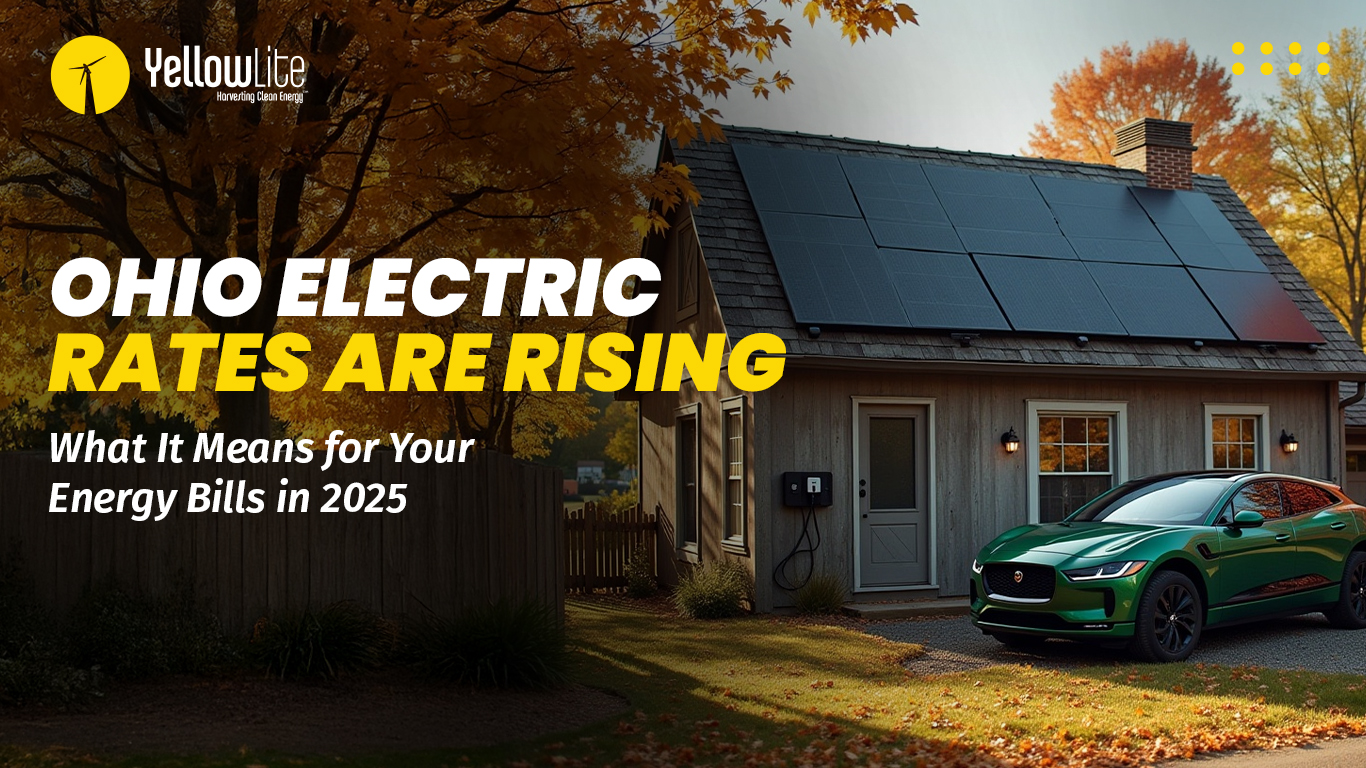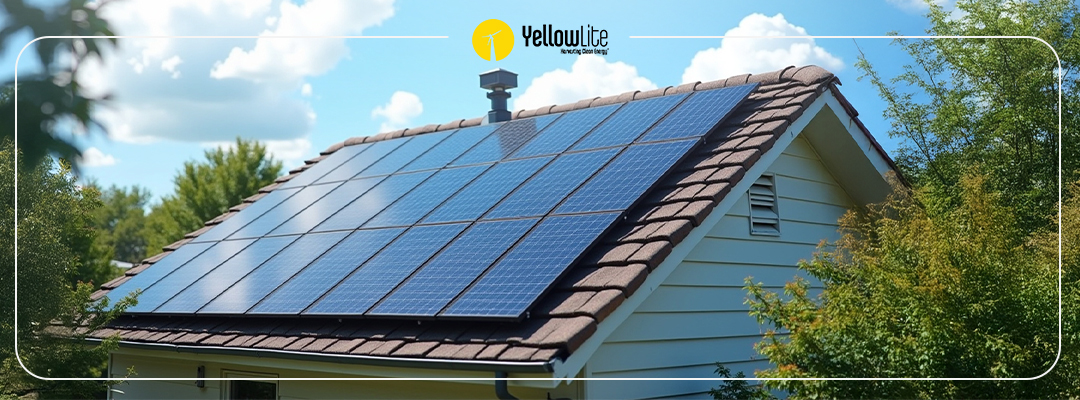If you're thinking about going solar, the chances are you have an image in your mind of where your system is going to go. Do you imagine an entire side of your pitched roof covered in panels? Or maybe two sets of panels in a rectangular configuration on your flat roof. Do you picture them tilted at an angle or flat? Perhaps you imagine a ground-mounted system as you see on massive solar farms.
Any or all of those could be right for you!
Solar panels perform at optimal levels when they capture maximum sunlight throughout the year. That's why installers must be able to configure solar arrays in many shapes and sizes.
This blog post will walk you through factors solar installers consider when working with homeowners to determine how and where to position their systems.
Find out how much power you need to generate
Calculating how much solar power you need to generate is the first step. On average, solar customers need 20-25 solar panels to power their homes. By determining how many you need upfront, you can confirm where they'll fit on your property.
You can estimate your power requirements by multiplying your household's hourly energy requirement by the peak sunlight hours in your area and dividing by panel wattage. Here's how:
- Check last year's energy bill to determine your total electricity consumption in kWh. Divide by 12 to find out your monthly usage.
- Research irradiance (solar hours per day) in your area to find out how much daily sunlight you get in your area
- Divide the product of those two numbers by the wattage of the solar panels you're considering
This amount will give you a reasonable estimate of how many panels you need to support your electricity usage. If this math has you spinning in circles, don't worry; we can do it for you.
Consider the orientation of the panels
There are two factors to consider for panel orientation:
Direction
Which direction your panels point depends on your hemisphere. Because the sun shines directly over the equator, homes in the northern hemisphere will ideally point their solar panels south to maximize efficiency. Homes in the southern hemisphere will point them to the north. While east-west oriented panels produce between 15-20% less energy than north-south, fret not. If you find that east-west is the only option for your roof, you may:
- situate more panels on your roof in an east-west orientation
- purchase a battery storage system that ensures energy is always available
- switch to a ground-mounted north-south oriented array
If you find that a south-facing option is not available, the same solar options are available to you as other customers.
Angle
Angle refers to your solar panels' vertical (up and down) tilt.
As mentioned in the previous section, the sun shines directly over the Earth's equator. The farther your home is from the equator, the higher those panels need to tilt to capture direct sunlight. You can search for the best tilt for your zip code.
Your location alone does not determine the angle, as the sun's height in the sky changes by the season. As you can imagine, solar installers pay close attention to the angle at which they install your panels to ensure they receive maximum sunlight throughout the year.
Tilted panels require very little maintenance because debris slides off of them easily on its own.
Weather
When you picture solar panels, do you imagine them in sunny climates like California, Arizona, and Florida?
You wouldn't be wrong. Panels are efficient in these areas because of the amount of direct sunlight available to them. However, solar panels function optimally between temperatures of 59-95° and can even produce at sub-zero temperatures.
Why?
Solar cells (like all electronics) are manufactured from silicon, which is a semiconductor. Besides their unique ability to control and manage the flow of electric current, semiconductors like silicon act as insulators at low temperatures and conductors at higher temperatures.
Solar panels are tested at 77°, and we've found that their efficiency gradually declines as their temperature increases past this mark. For this reason, colder climates with significant amounts of sun are ideal for solar panels! Be sure to check your panel's efficiency ratings before purchasing.
Obstructions
While solar panels can operate using indirect sunlight, direct sunlight is ideal for optimal performance.
Are trees or other structures obstructing your roof?
If panels are shaded by something within your control, investigate if you can remove the obstruction. Trimming trees or altering landscape features may help solar arrays receive the exposure they need to operate optimally.
A ground-mounted installation may be the right option if the above options aren't available to you or if you don't want panels on your roof. Residential customers need around 1,000 square feet of space for the average ground-mounted installation.
Let's Talk
Once you decide to go solar, getting optimal performance from your panels is essential. In this blog, we discussed the key factors that installers look for to determine where to locate panels to ensure optimized panel performance. You can research these before a consultation or rely on their expertise and experience. The first step is checking your energy bill to determine how much power you use. Then, considering orientation, weather and obstructions factor in.
Contact us with questions about your property or request a free solar estimate today!



